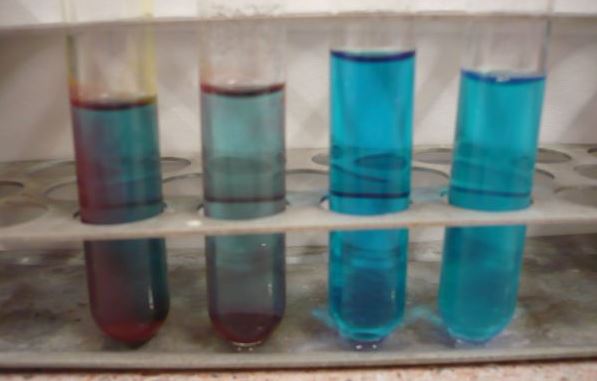Cosmetics encompass a broad range of products designed to enhance or alter the appearance of the skin, hair, and nails. From everyday essentials like moisturizers and foundations to specialized treatments like anti-aging serums and sunscreens, cosmetics play a significant role in personal grooming and beauty routines. However, the use of chemicals in cosmetics raises important questions about safety, efficacy, and environmental impact. This post provides an overview of the chemicals commonly found in cosmetics and their implications.

Cosmetics and Chemicals: An Overview
Common Chemicals in Cosmetics
Cosmetics contain a variety of chemicals, each serving a specific function:
- Preservatives: Preservatives prevent the growth of harmful microorganisms and extend the shelf life of cosmetic products. Common preservatives include parabens, formaldehyde-releasing agents, and phenoxyethanol. While these substances help keep products safe and effective, concerns exist about their potential health effects, such as allergic reactions or endocrine disruption.
- Emollients: Emollients are moisturizing agents that help soften and smooth the skin. Ingredients like glycerin, hyaluronic acid, and silicones are commonly used to provide hydration and improve the texture of cosmetic products. Emollients play a crucial role in maintaining skin health and enhancing the performance of creams and lotions.
- Colorants: Colorants add color to cosmetics, including foundations, lipsticks, and eyeshadows. Synthetic dyes like FD&C colors and natural pigments such as beet juice are used to achieve various shades. While colorants are essential for aesthetic purposes, some synthetic dyes have been linked to allergic reactions or other health concerns.
- Fragrances: Fragrances are used to create pleasant scents in cosmetic products. They can be derived from natural sources, such as essential oils, or synthesized chemically. Fragrances can enhance the sensory experience of using cosmetics, but they may also cause allergic reactions or skin irritation in sensitive individuals.
- Active Ingredients: Active ingredients in cosmetics target specific skin concerns, such as acne, wrinkles, or hyperpigmentation. Ingredients like retinoids, alpha hydroxy acids (AHAs), and peptides are commonly used in skincare products for their therapeutic effects. These ingredients often provide significant benefits but may also cause side effects if not used correctly.
Safety and Regulatory Standards
The safety of cosmetic products is regulated by government agencies to ensure they do not pose health risks to consumers. In the United States, the Food and Drug Administration (FDA) oversees cosmetic safety and labeling. Similar regulatory bodies exist in other countries, such as the European Medicines Agency (EMA) in Europe and the National Health Service (NHS) in the UK. These agencies set guidelines for ingredient safety, product testing, and labeling to protect consumers.
Despite these regulations, concerns about certain chemicals in cosmetics persist. For instance, some preservatives and colorants have been scrutinized for their potential links to health issues. As a result, many consumers and advocacy groups call for stricter regulations and more transparency regarding cosmetic ingredients.
Environmental Impact
The environmental impact of cosmetics is an important consideration. Many cosmetic products contain chemicals that can enter waterways through wastewater and potentially harm aquatic life. Ingredients like microbeads, which were once common in exfoliating products, have been banned in several countries due to their detrimental effects on marine ecosystems. Additionally, the packaging of cosmetics, often single-use plastic, contributes to environmental pollution.
Sustainable practices in cosmetics are gaining traction as manufacturers and consumers become more aware of environmental concerns. Eco-friendly packaging, cruelty-free testing, and the use of natural or biodegradable ingredients are steps towards reducing the environmental footprint of cosmetics.
Conclusion
Cosmetics are a vital part of daily life for many people, offering benefits ranging from improved appearance to specific skin treatments. However, the chemicals used in cosmetics raise important questions about safety, health, and environmental impact. Understanding the common chemicals in cosmetics, their functions, and the regulatory measures in place can help consumers make informed choices. Embracing sustainable and safe practices can further enhance the benefits of cosmetics while minimizing their negative effects.



